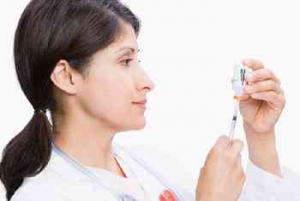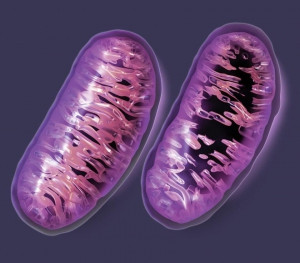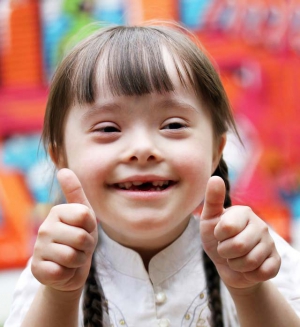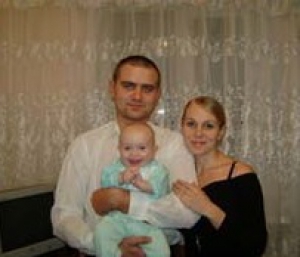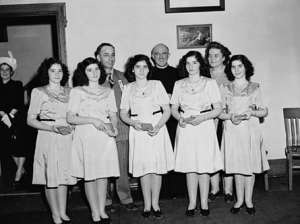Адрес: г. Харьков, проспект, 13
e-mail:
Ця електронна адреса захищена від спам-ботів. вам потрібно увімкнути JavaScript, щоб побачити її.
• Гомоцистеин; Фолиевая кислота; Витамин В12 в крови;
• Исследование свободных аминокислот крови (ХСМГЦ);
• Газовая хроматография мочи (ХСМГЦ);
• Биохимический анализ крови (щелочная фосфатаза, общий холестерин, глюкоза, АСТ, АЛТ, мочевая кислота, мочевина, триглицериды, кальций, фосфор, КФК, ЛДГ, общий билирубин, ГГТ, общий белок, креатинин);
• Микроэлементы крови: железо, калий, кальций ионизированный, кальций, медь, магний, натрий, фосфор, цинк;
• Лактат крови;
• Соскоб из зева на ВПГ 1,2 и 6 типа, ВЭБ, ЦМВ (метод ПЦР);
• Пищевой дневник (подробно за 3 дня);
• Антитела к глиадину (Ig A и G);
• Копрограмма;
• Анализ кала на дисбактериоз.
Для газовой хроматографии мочи необходимо собрать утреннюю мочу в пластиковый контейнер и переслать, поместить в термос со льдом или в термосумку с хладогеном, прикрепить сопроводительное письмо, в котором указать: ФИО, возраст, диагноз, контактный номер телефона и адрес электронной почты, указать ФИО лечащего доктора. Стоимость исследования 193 грн.
Для исследования свободных аминокислот крови необходимо переслать 3 мл сыворотки крови ( собрать венозную кровь, отцентрифугировать ее на 1000 оборотах и поместить в стерильную сухую пробирку без консервантов и других добавок), заморозить. Пересылать в холоде ( в термосе со льдом или в контейнере с хладогеном), прикрепить сопроводительное письмо, в котором указать: ФИО, возраст, диагноз, контактный номер телефона и адрес электронной почты, указать ФИО лечащего доктора. Стоимость исследования 230 грн.
Допускается использование одного термоса/термосумки для пересылки сыворотки крови и мочи.
Допустимо замораживание биологического материала.
 Гречанина Елена Яковлевна
ХСМГЦ - Харьковский межобластной специализированный медико-генетический центр редких болезней
Харьковский межобластной специализированный медико-генетический центр редких (орфанных) заболеваний
ХСМГЦ
mgc@ukr.net,
Гречанина Елена Яковлевна
ХСМГЦ - Харьковский межобластной специализированный медико-генетический центр редких болезней
Харьковский межобластной специализированный медико-генетический центр редких (орфанных) заболеваний
ХСМГЦ
mgc@ukr.net,


